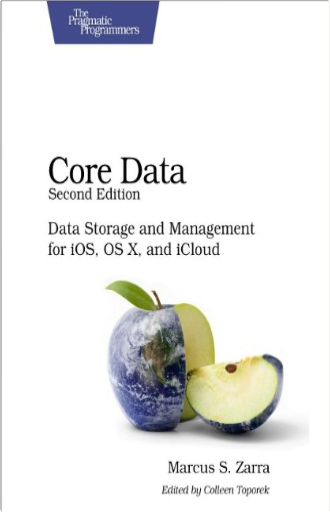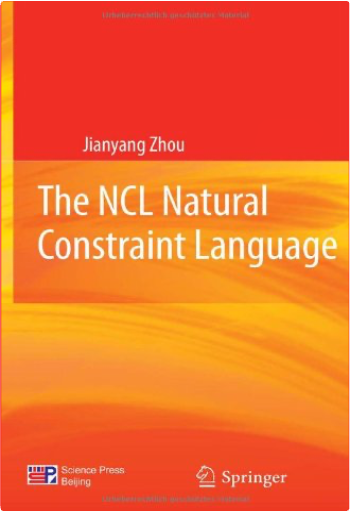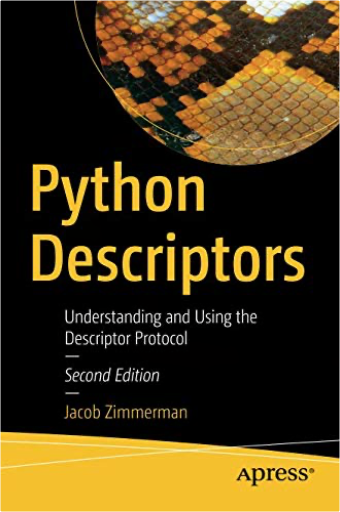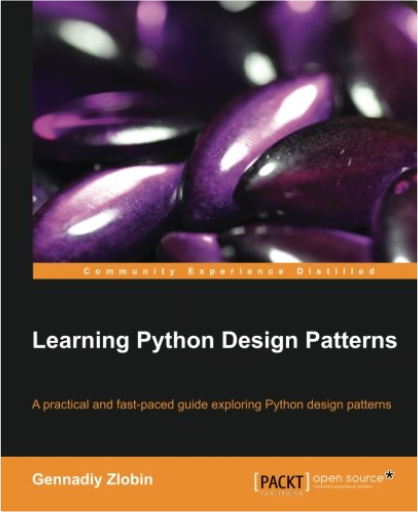Core Data: Data Storage and Management for iOS, OS X, and iCloudMarcus S. Zarra Core Data is intricate, powerful, necessary - and this book is your guide to harnessing its power. Core Data is Apple's recommended way to persist data: it's easy to use, built-in, and integrated with iCloud. You'll learn fundamental Core Data principles such as thread and memory management, and you'll discover how to use Core Data in your iPhone, iPad, and OS X projects by using NSPredicate to filter data and adding iCloud to your applications.
What You Need:
Mac OS X Mountain Lion and iOS 6
Cocoa expert Marcus Zarra walks you through developing a full-featured application based around the Core Data APIs. You'll build up a single application throughout the book, learning key Core Data principles such as NSPredicate, thread management, and memory management.
You'll start with the basics of Core Data and learn how to use it to develop your application. Then you'll delve deep into the details of the API. You'll explore not only how to get Core Data integrated into your application properly, but even better, how to work with the API's flexibility to create convenience methods to improve your application's maintainability. You'll learn how to reduce your number of mapping models, integrate your Core Data app with Spotlight and Quick Look, connect your application with sync services, and find out how to use Core Data in a multithreaded environment. By the end of the book, you'll have built a full-featured application, gained a complete understanding of Core Data, and learned how to integrate your application into the iPhone/iPad platform.
This second edition updates all examples for OS X Mountain Lion and iOS 6, gets you up to speed on changes in multithreading, and provides new chapters covering iCloud and NSFetchedResultsController. The NCL Natural Constraint LanguageJianyang Zhou "The NCL Natural Constraint Language" presents the NCL language which is a description language in conventional mathematical logic for modeling and solving constraint satisfaction problems. NCL differs from other declarative languages: It models problems naturally in a simplified form of first-order logic with quantifiers, Boolean logic, numeric constraints, set operations and logical functions; it solves problems by mixed set programming over the mixed domain of real numbers, integers, Booleans, dates/times, references, and in particular sets. The book uses plenty of examples and tutorials to illustrate NCL and its applications. It is intended for researchers and developers in the fields of logic programming, constraint programming, optimization, modeling, operations research and artificial intelligence, who will learn from a new programming language and theoretical foundations for industrial applications.
Dr. Jianyang Zhou is the inventor of NCL and has worked for its industrialization for more than 10 years. Python Descriptors: Understanding and Using the Descriptor ProtocolJacob Zimmerman Create descriptors and see ideas and examples of how to use descriptors effectively. In this short book, you’ll explore descriptors in general, with a deep explanation of what descriptors are, how they work, and how they're used. Once you understand the simplicity of the descriptor protocol, the author delves into using and creating descriptors in practice, with plenty of tips, patterns, and real-world guidance. Because descriptors are inherently flexible, you’ll work with multiple examples illustrating how to best take advantage of them.
This second edition includes additions throughout, including new material covering the set_name_() descriptors, new and improved flowcharts to explain the inner workings of descriptors, and a completely new chapter to address instance-level attributes, the easiest way to create descriptors correctly the first time.
Although brief, Python Descriptors is a comprehensive guide to creating Python descriptors, including a pip install-able library called descriptor_tools, which was written alongside this book and is an open source library on GitHub. After reading this book, you will have a solid understanding of how descriptors work and the techniques to avoid the big gotchas associated with working with them.
What You Will LearnDiscover descriptor protocols
Master attribute access and how it applies to descriptors
Build your own descriptors
Use descriptors to store attributes
Create read-only descriptors
Explore the descriptor classes
Apply the other uses of descriptors
Who This Book Is For
Experienced Python coders, programmers, and developers. Learning Python Design PatternsGennadiy Zlobin Written for intermediate Python programmers, this excellent tutorial will help streamline your work through the use of Design Patterns. You'll learn through example and clear explanations to expand your know-how and speed up your output.
OverviewExplore the Model-View-Controller pattern and learn how to build a URL shortening serviceAll design patterns use a real-world example that can be modified and applied in your softwareNo unnecessary theory! The book consists of only the fundamental knowledge that you need to know
In Detail
Design pattern is a well-known approach to solve some specific problems which each software developer comes across during his work. Design patterns capture higher-level constructs that commonly appear in programs. If you know how to implement the design pattern in one language, typically you will be able to port and use it in another object-oriented programming language.
The choice of implementation language affects the use of design patterns. Naturally, some languages are more applicable for certain tasks than others. Each language has its own set of strengths and weaknesses. In this book, we introduce some of the better known design patterns in Python. You will learn when and how to use the design patterns, and implement a real-world example which you can run and examine by yourself.
You will start with one of the most popular software architecture patterns which is the Model- View-Controller pattern. Then you will move on to learn about two creational design patterns which are Singleton and Factory, and two structural patterns which are Facade and Proxy. Finally, the book also explains three behavioural patterns which are Command, Observer, and Template.
What you will learn from this bookCreate different implementations of the same algorithm with the least modificationsImplement the publisher-subscriber patternCreate an object when only one instance of it is neededCreate a simple interface using the Facade design patternIncrease the functionality while leaving the interface unchanged
Approach
This book takes a tutorial-based and user-friendly approach to covering Python design patterns. Its concise presentation means that in a short space of time, you will get a good introduction to various design patterns.
Who this book is written for
If you are an intermediate level Python user, this book is for you. Prior knowledge of Python programming is essential. Some knowledge of UML is also required to understand the UML diagrams which are used to describe some design patterns. | |






 Made with Delicious Library
Made with Delicious Library